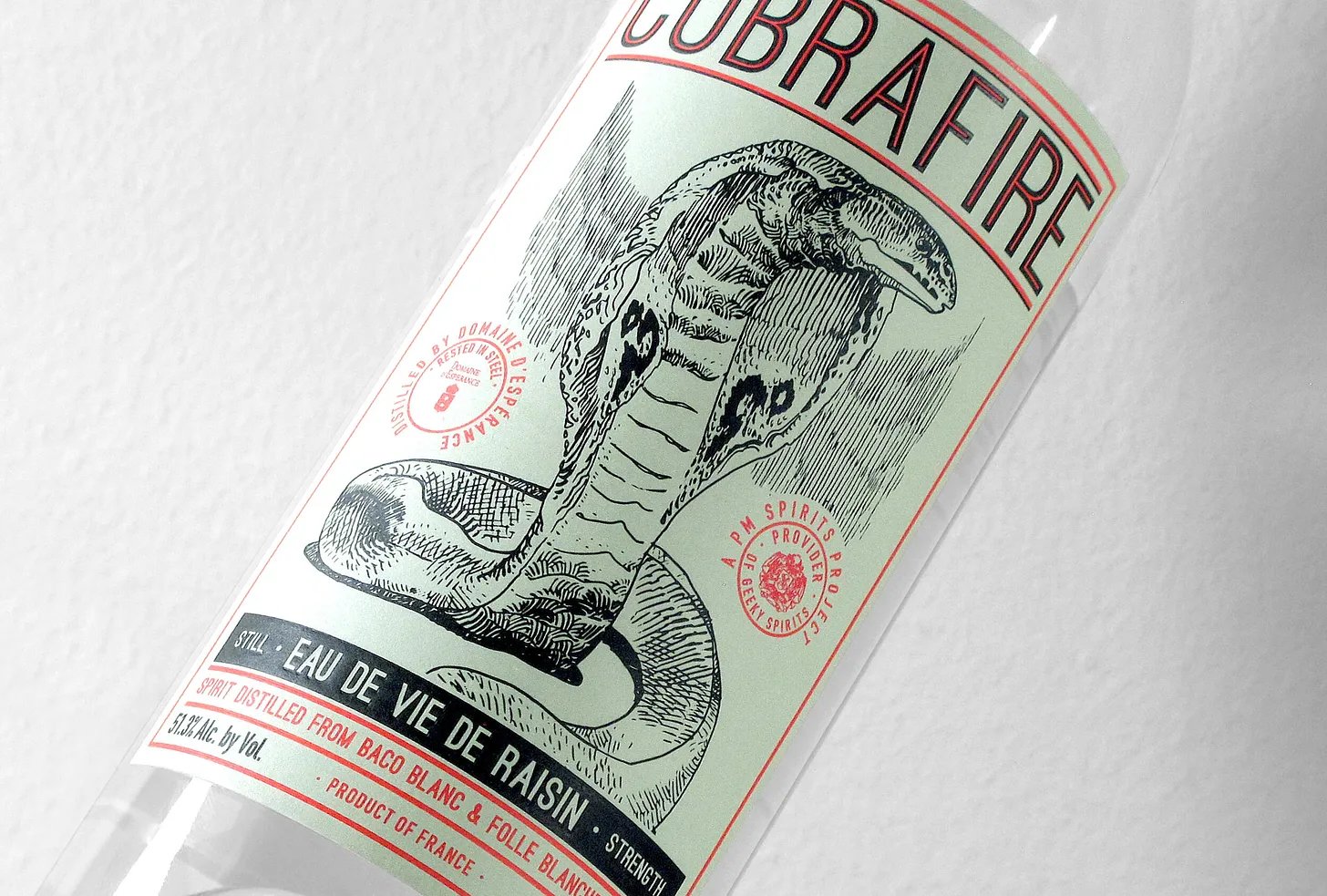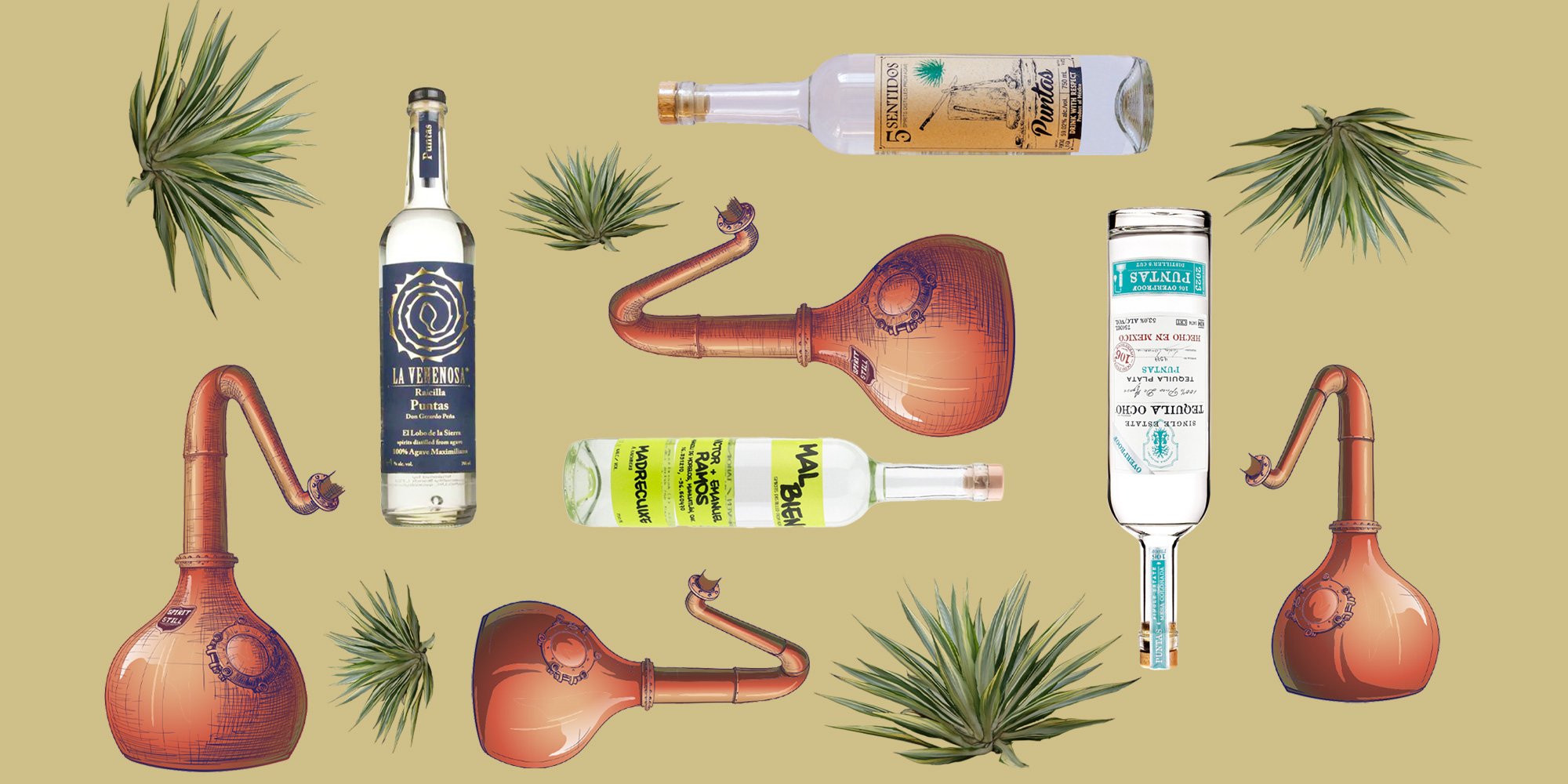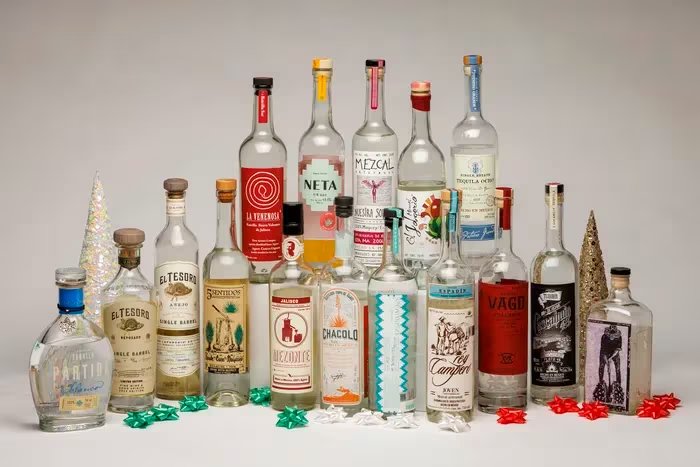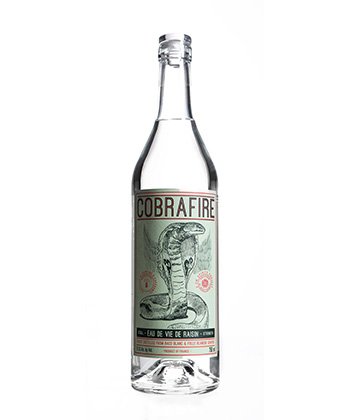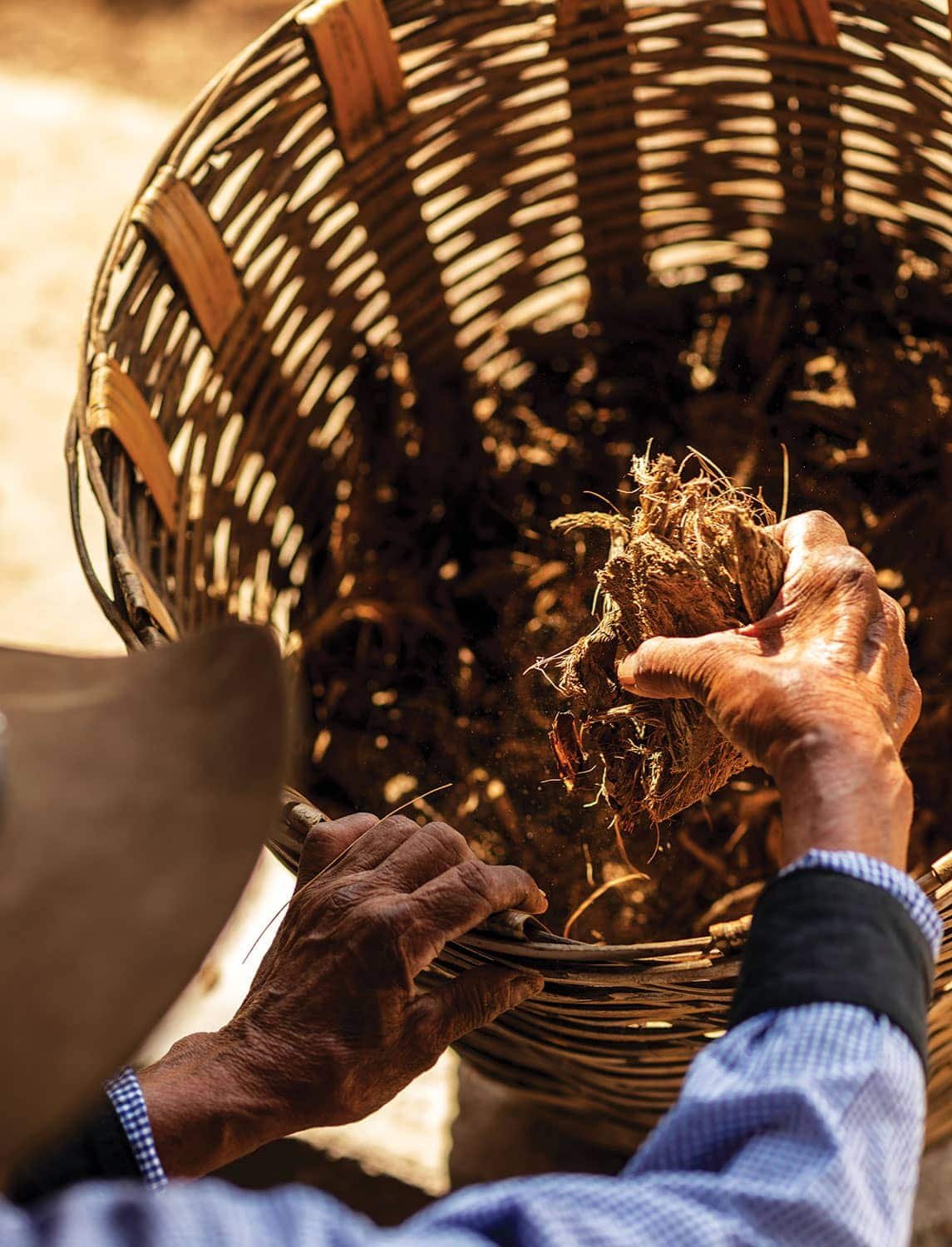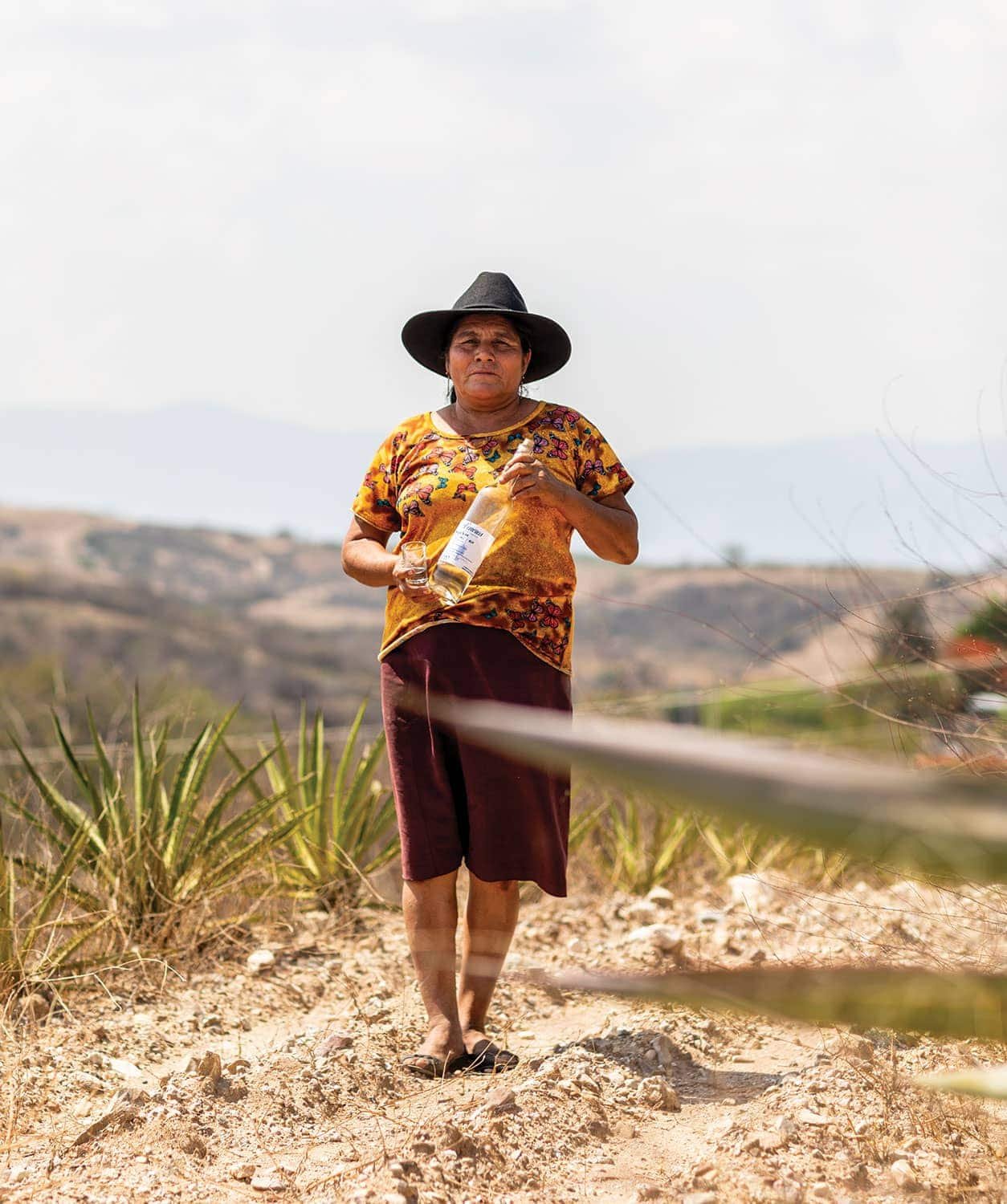“You’ve got to put a bottle of mezcal on the ofrenda,” says Ivan Vasquez, owner of Madre Oaxacan Restaurant & Mezcaleria, with four locations across L.A. County and the largest small-batch mezcal collection in the U.S. “For me, and back in the villages, a bottle of mezcal has to be there.
“On Día de los Muertos, you drink a copita with your loved ones,” Vasquez instructs. “It’s the only spirit that keeps our loved ones alive. When I drink mezcal on Día de los Muertos, I’m reunited with my grandpa. Thanks to him, I was introduced to mezcal.”
While tequila has had a couple centuries to gain an international following, the rise of mezcal and regional spirits like sotol and bacanora is more recent. It was only in the ‘90s that mezcal gained Denomination of Origin (DO) status, which restricts legal and commercial use of the word, and paved the way for it to be sold across the globe.
The spirit, which imparts earthy tasting notes, exploded in popularity over the pandemic, partially because of the heritage involved — mezcal producers, or mezcaleros and mezcaleras, often utilize methods that have been honed across generations and are unique to their family or village. The final product, Vasquez says, delivers a flavor that can be more layered and complex than wine.
Also known as maguey, the spiky agave plant has been revered by Indigenous Mexicans for millenniums, providing food, practical items such as rope and sandals and fermented beverages like pulque. When Spanish colonizers arrived with the still, agave wine was distilled into spirits like tequila, made exclusively from agave tequilana, and mezcal, which can be made from over 40 other agave types.
“Los Angeles is like the mecca right now for agave distillates,” said Rocío Flores, a mezcalera who grew up splitting time between L.A. and Jalisco and now hosts agave tastings and educational experiences, including the program at Guerrilla Tacos. “It’s probably the one place in the world where you can find the most diverse, the most amazing mezcals that you can’t even find in Mexico in one place all together.”
The global appreciation for Mexico’s ancestral spirits has influenced the tequila industry too. For his part, Vasquez only works with small producers and serves tequila blanco exclusively — no reposados or añejos. When customers ask for corporate brands like Casamigos, he and his staff use it as an opportunity to educate.
“I tell them, ‘Let me bring you several options that are higher proof at a lower price’ and I ask them to enjoy it neat,” he says. “They’re just amazed when they try it.”
L.A. was already a great place to drink agave distillates, but these days the options are overflowing. Included on the list below are agave-focused bars that prioritize stocking small-batch producers and offer flights that encourage imbibers to sip in the traditional style. Some, like Vasquez, even sell rare bottles out of their bars. Whether you’re toasting in celebration or stocking up to savor with your ancestors on Día de los Muertos, these are the best agave bars in Los Angeles.


